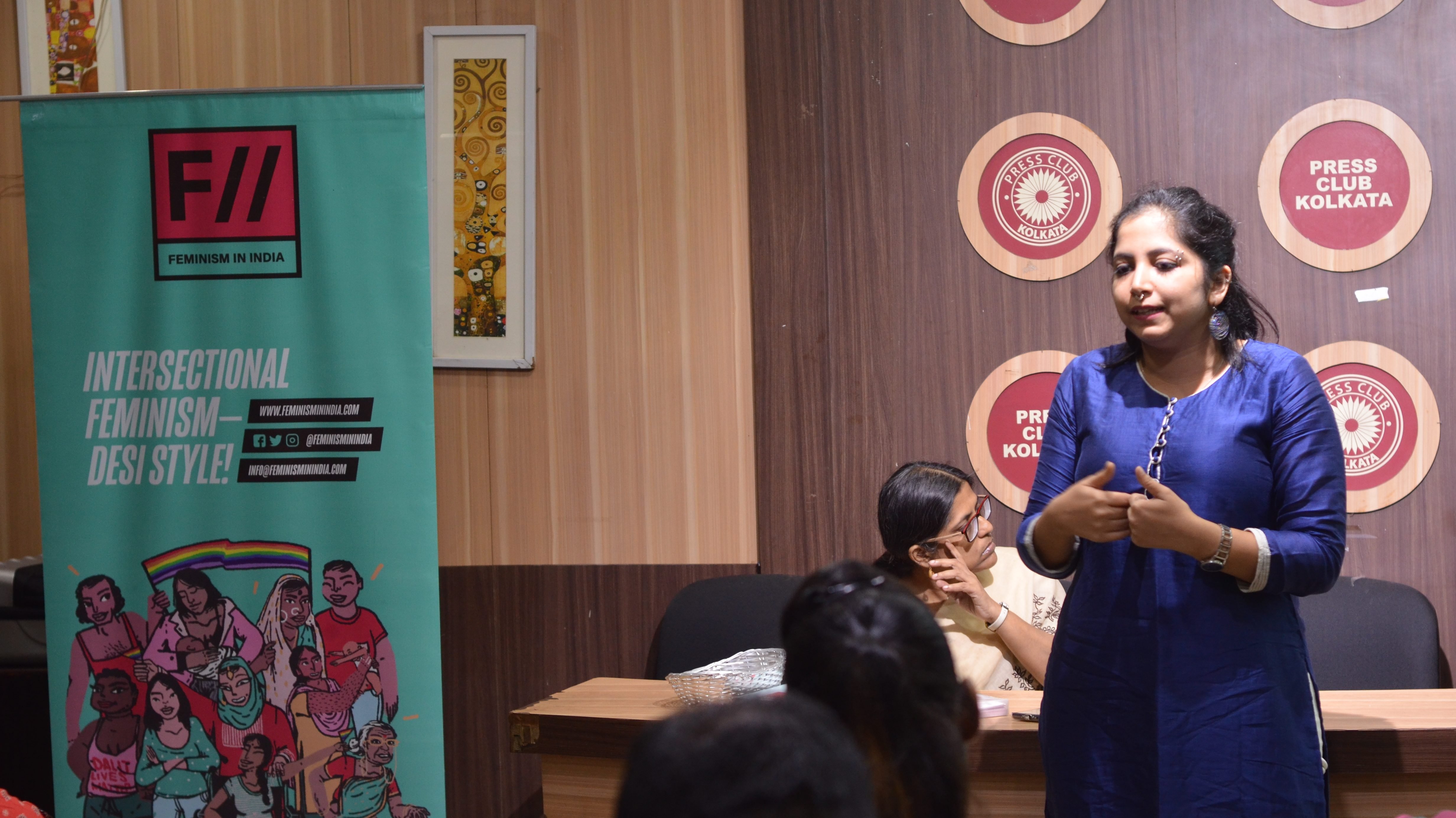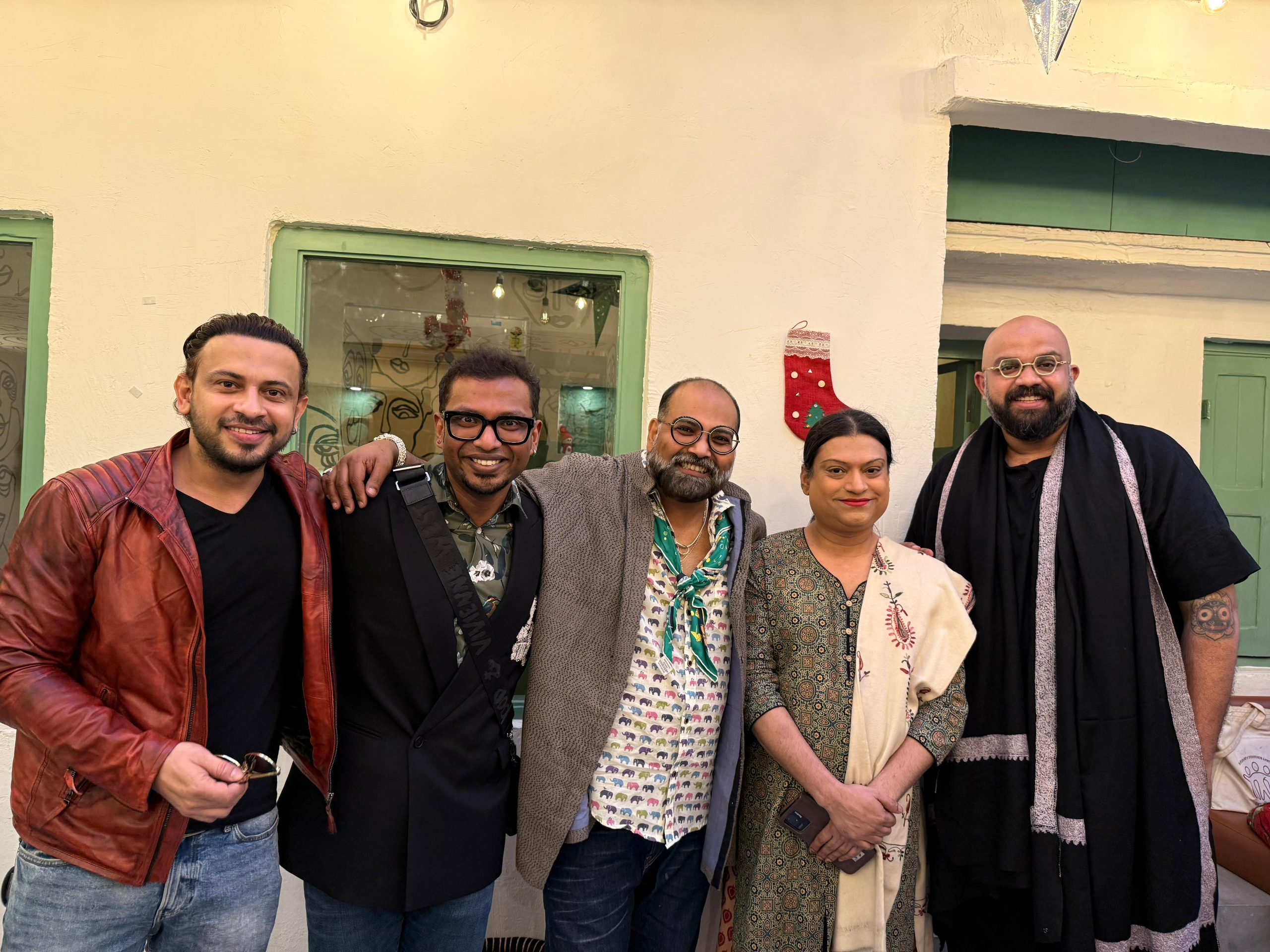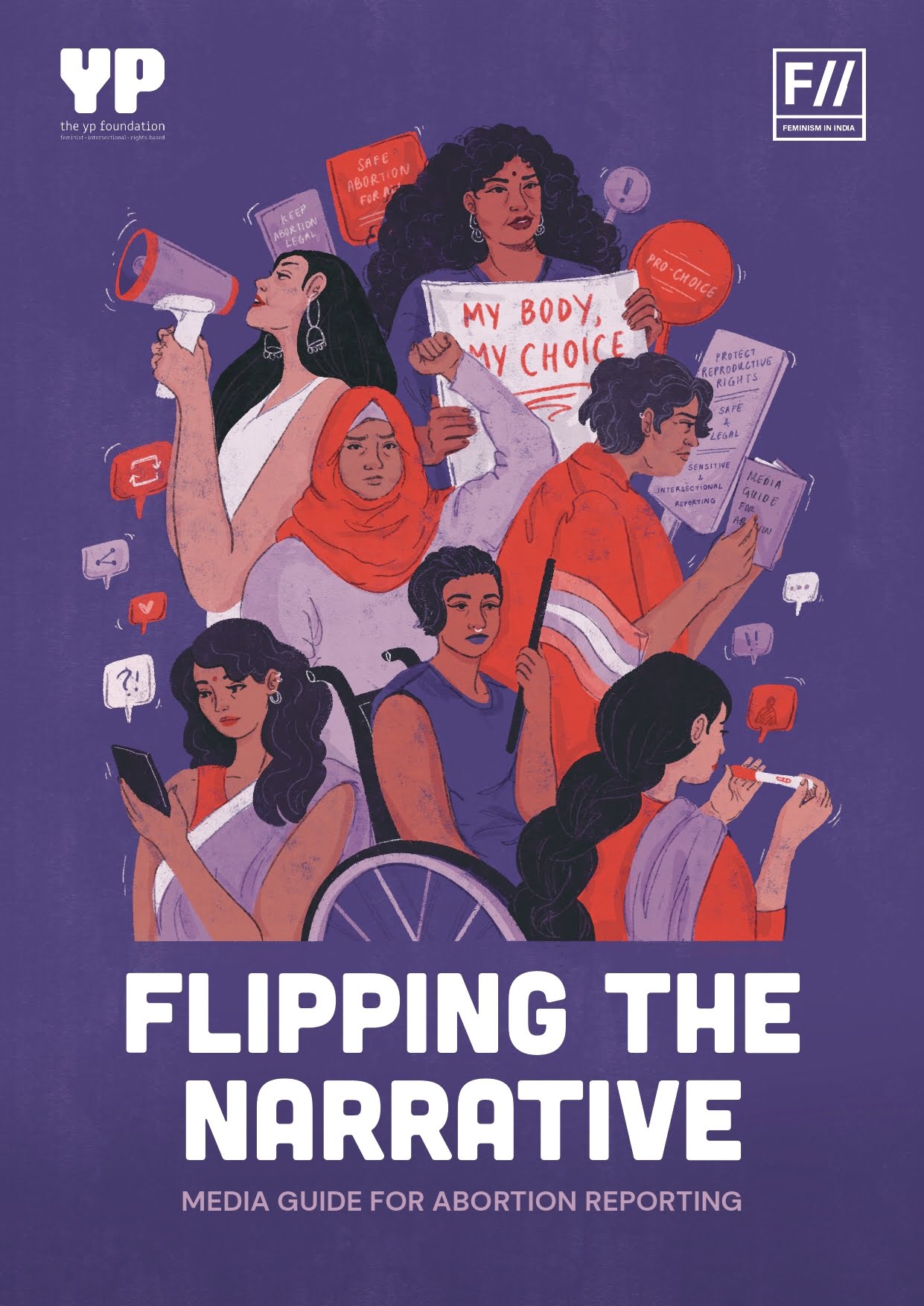
This week, the #GBVinMedia toolkit had the opportunity to launch in the city of Kolkata! After launching in Delhi in July, as well as presenting the toolkit at the Media Rumble Masterclass in early August, we had the unexpected luck of taking the toolkit to Mumbai, where we launched it at the Mumbai Press Club thanks to the support of the Commonwealth Human Rights Association. This month, we had a similarly serendipitous opportunity to bring the toolkit to Kolkata, thanks to the support of Sruti Disability Rights Centre – a Kolkata-based NGO working on making justice accessible for women with disabilities who face violence since 2005.
On 23 September 2019, we launched the #GBVinMedia Toolkit at the Kolkata Press Club in collaboration with Sruti Disability Rights Centre. About thirty journalists, many of them that write for Bangla newspapers, gathered to hear about the launch of the toolkit. The event was subsequently covered in ETV Bharat!
The event kicked off an introduction by Shampa Sengupta, the Director of Sruti Disability Rights Centre, who spoke about how violence against women and girls with disabilities was woefully underreported by the media, and how the lack of NCRB data that specifically counts incidents of violence against women with disabilities make it harder for advocacy efforts for the same. She mentioned that Bangla newspapers had even fewer reports of violence against women and girls with disabilities than English newspapers, and this lacuna in GBV reportage was leaving the most marginalised sections of society even further behind.

Next, Japleen Pasricha, the Founder-Director of Feminism in India, introduced FII as a platform, and the origins of the #GBVinMedia campaign, back in 2016. The campaign had begun as a series of articles that aimed to document insensitive media reportage of gender-based violence. However, the topic had a lot of scope, which led to the genesis of the #GBVinMedia toolkit. Japleen then invited the FII Campaign Manager and lead researcher of the toolkit, Asmita Ghosh, on stage to talk about the toolkit itself.
In case you are unacquainted, let’s begin with an introduction of the toolkit. The #GBVinMedia toolkit is a media ethics toolkit for media professionals to employ ethical journalism when reporting on gender-based violence. It was designed with the objective of providing media platforms and professionals a handy guide to report gender-based violence. The language employed by the media in reporting gender-based violence is crucial in furthering a society that is more informed and sensitive to survivors. Unfortunately, the reality is such that many media practices tend to perpetuate patriarchal mindsets and rape culture. This toolkit provides an overview of the nature of rape reportage in English language media in India, and lists a number of ways in which problematic media practices can be replaced with sensitive and affirming methods that uphold the rights and dignity of survivors of sexual violence.
Asmita spent the next hour diving into the various tenets of the toolkit, starting with how gender-based violence had to be viewed holistically and systemically, instead of as a series of randomised, isolated incidents, and moving on to how sensationalist headlines and close-up views of GBV propagated the latter understanding of GBV. She spoke about how language used by the media could propagate rape culture – from promoting victim blaming, to insinuating that the woman is lying, to trivialising the gravity of the crime by not naming violence as violence. There was also a segment on preferred terms to refer to women with disabilities when reporting on violence against them.

Finally, Shampa wrapped up the event by speaking about how social media has allowed everybody to report and share news, and ordinary citizens now too had the responsibility of being ethical about the way they disseminated news. Sharing photos of women in distress, taken without their consent, she said, was a gross violation of their rights, no matter how well-intentioned the post may be.
Team FII hopes to be able to reach out to media schools and media houses all over the country in order to create a nationwide movement for gender-sensitive journalism. We are currently in the process of reaching out to as many media schools and media houses as possible, and encourage any interested parties to get in touch at asmita@feminisminindia.com.
Image Credit: Himadri Barman
About the author(s)
Feminism In India is an award-winning digital intersectional feminist media organisation to learn, educate and develop a feminist sensibility and unravel the F-word among the youth in India.




